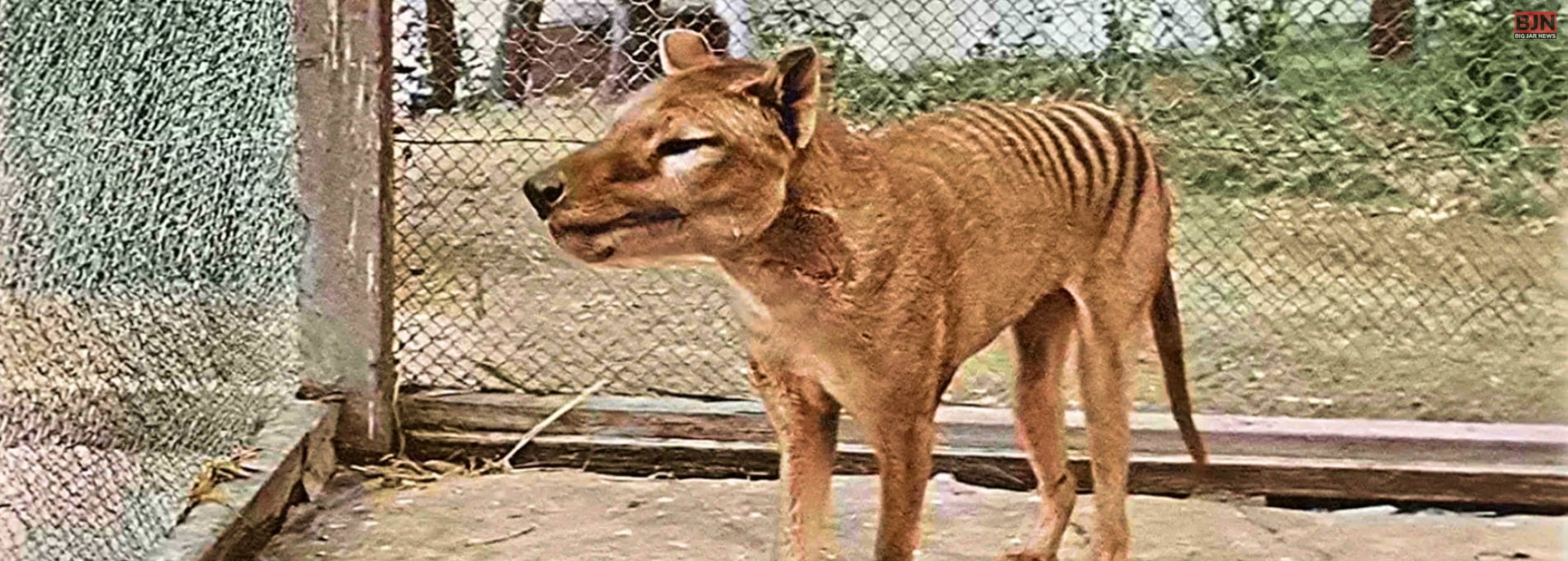Breaking News: RNA Extracted From Extinct Thylacine Offers Hope For De-extinction

Table Of Contents
In a groundbreaking achievement, scientists have successfully extracted RNA molecules from an extinct species for the very first time, shedding light on the potential resurrection of the thylacine, a carnivorous marsupial that once roamed Australia. This remarkable milestone brings hope that the thylacine, which disappeared about a century ago, might one day return to its native habitat.
The thylacine, once widespread across Australia, became isolated in Tasmania in its final millennia. Unfortunately, early European settlers considered it a nuisance to their farmland and systematically hunted it. Although government protections were introduced after a few decades, they were too late to save the species, and the last known thylacine perished in captivity in 1936.
Given the recentness of its extinction and a sense of responsibility, the thylacine is among the species earmarked for “de-extinction” efforts, alongside the mammoth and the dodo. Colossal Biosciences, a genetics company, has committed to resurrecting thylacine through advanced genetic engineering techniques.
Scientists have made significant strides toward this ambitious goal by almost completely reconstructing the thylacine’s genome. However, to fully understand its biological makeup, researchers require the transcriptome, the RNA blueprint detailing gene expression and regulation in different body tissues.
A groundbreaking development has now occurred in Sweden, where scientists have taken the first crucial step by successfully extracting RNA from a 130-year-old thylacine specimen stored in a museum collection. This achievement is unprecedented, as RNA typically degrades rapidly outside a living cell.
The study introduces a novel method for extracting ancient RNA, adapted from techniques primarily used on more recent samples. Through these innovations, researchers managed to extract and purify hundreds of millions of RNA fragments from the thylacine’s skin and muscle tissue. After filtering out duplicates and extremely short sequences, they obtained 1.5 million muscle RNA sequences and 2.8 million skin RNA sequences.
Detailed analysis revealed that the muscle RNA sequences corresponded to 236 genes, including those responsible for proteins like actin and titin, crucial for stretching and contraction. Skin samples yielded 270 genes, including the one responsible for keratin production, a protein forming the skin’s tough coating, hair, and nails. Remarkably, the team even identified fragments of RNA molecules believed to originate from viruses that once inhabited or interacted with the thylacine.
This groundbreaking study significantly enriches our understanding of thylacine’s genetic makeup, providing Colossal Biosciences with a more robust foundation for potential de-extinction efforts. However, it’s essential to acknowledge that this endeavor remains a considerable challenge and might be years, if not decades, away from fruition. In the meantime, this research underscores the potential treasure trove of usable RNA molecules that could be hidden within other museum specimens, offering valuable insights into extinct species.
Keep Reading:

























